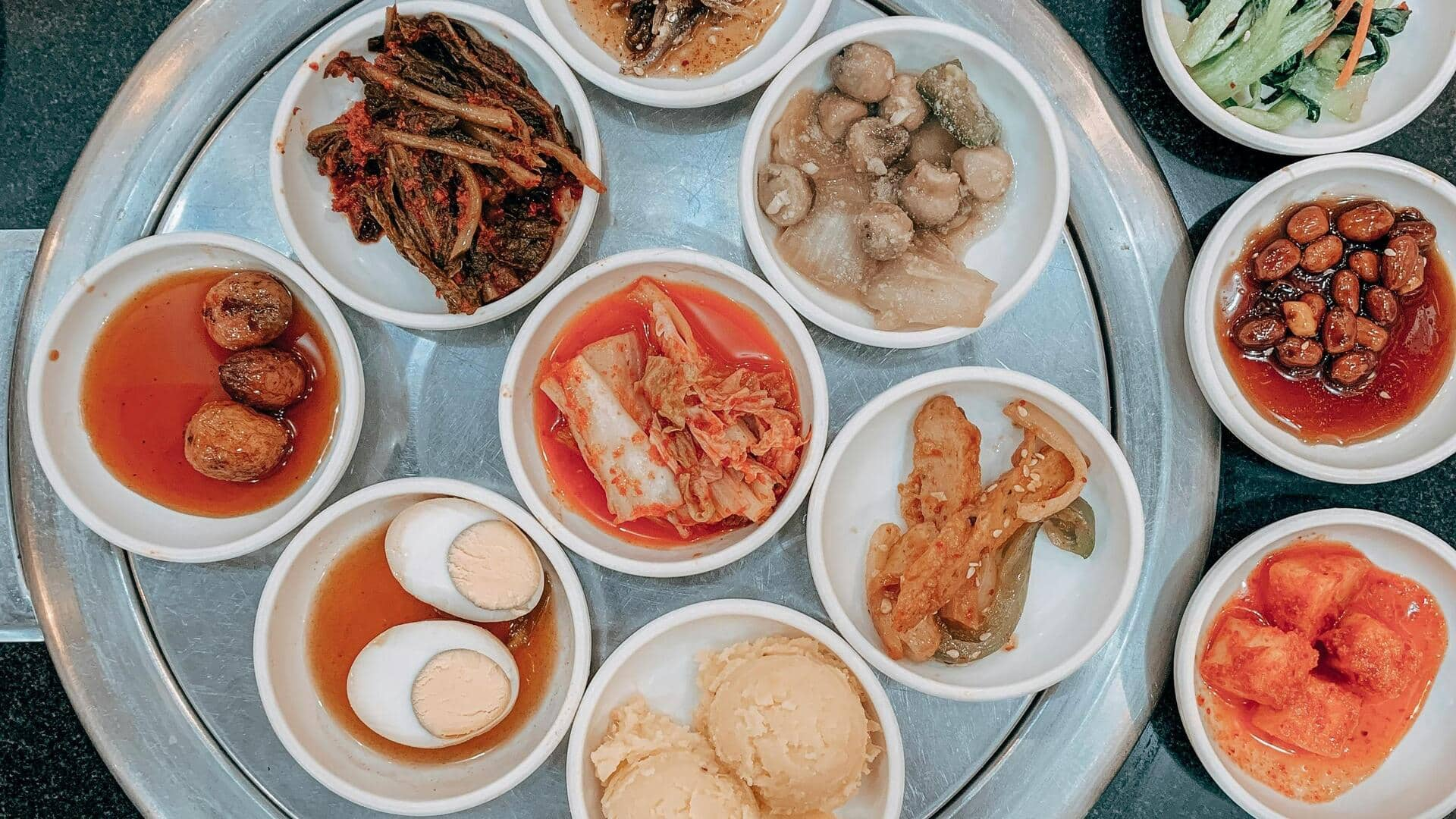
Inside Korea's heartwarming year-end traditions
What's the story
In Korea, year-end gatherings are a time-honored tradition that brings families together to reflect on the past year and celebrate the new one. These gatherings are marked by various customs and rituals that have been passed down through generations. From sharing traditional meals to engaging in meaningful conversations, these events play a crucial role in strengthening family bonds and cultural heritage. Here's a look at some unique traditions that define Korean year-end family gatherings.
#1
Preparing traditional meals
Preparing traditional meals is an integral part of Korean year-end gatherings. Families usually prepare dishes like tteokguk (rice cake soup) and jeon (savory pancakes) as symbolic foods for the new year. Tteokguk is especially important as it represents purity and the start of a new age. Cooking these dishes together not only fosters teamwork but also allows families to pass down culinary skills from one generation to another.
#2
Engaging in meaningful conversations
Meaningful conversations during year-end gatherings help strengthen family ties by providing an opportunity for members to share their experiences and aspirations. Elders often share stories from their youth, giving younger generations valuable insights into their family's history. These discussions help foster understanding and respect among family members, while also creating lasting memories.
#3
Participating in traditional games
Traditional games are also a fun way for families to bond during year-end gatherings. Yutnori, a board game played with four wooden sticks, is a favorite among all age groups. The game promotes teamwork and strategy, while also providing plenty of laughs. Playing such games helps break the ice between relatives who may not meet often, making the gathering more enjoyable for everyone.
#4
Giving and receiving New Year's money
Giving and receiving New Year's money, or sebaetdon, is a customary practice during Korean year-end gatherings. Elders give this money wrapped in colorful envelopes to younger family members as a blessing for good fortune in the upcoming year. This tradition not only teaches children about generosity but also serves as a gesture of love from older relatives.
#5
Decorating homes with traditional crafts
Decorating homes with traditional crafts adds an element of festivity to Korean year-end gatherings. Families create beautiful paper lanterns called cheongsachorong or hang colorful strings of dried persimmons around their homes as symbols of prosperity and good luck. These decorations create a warm atmosphere that welcomes both immediate and extended family members into the home during this special time.